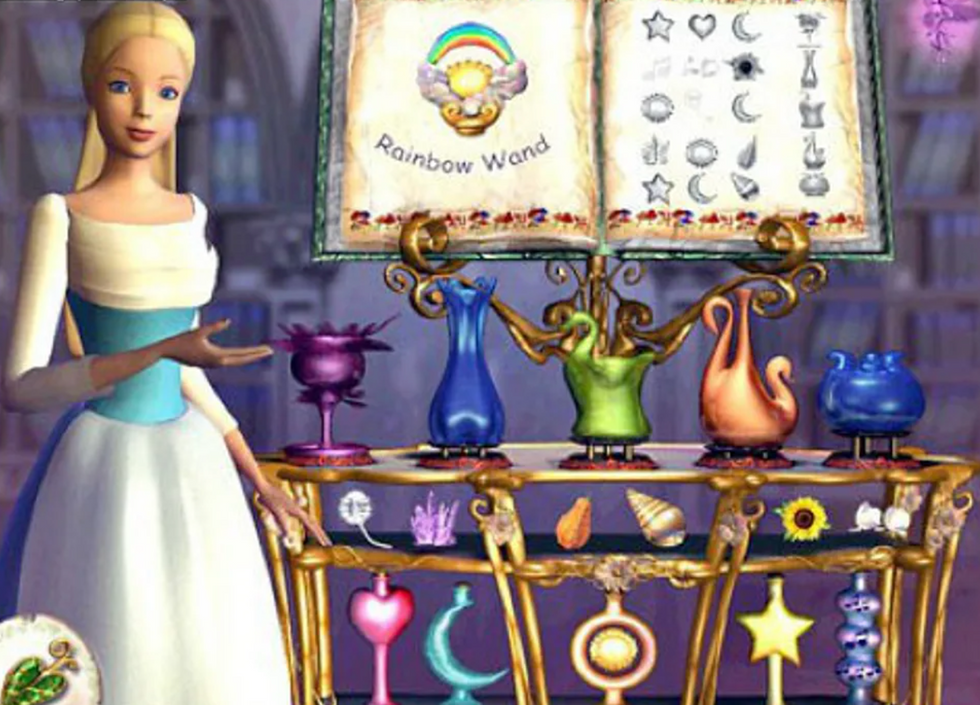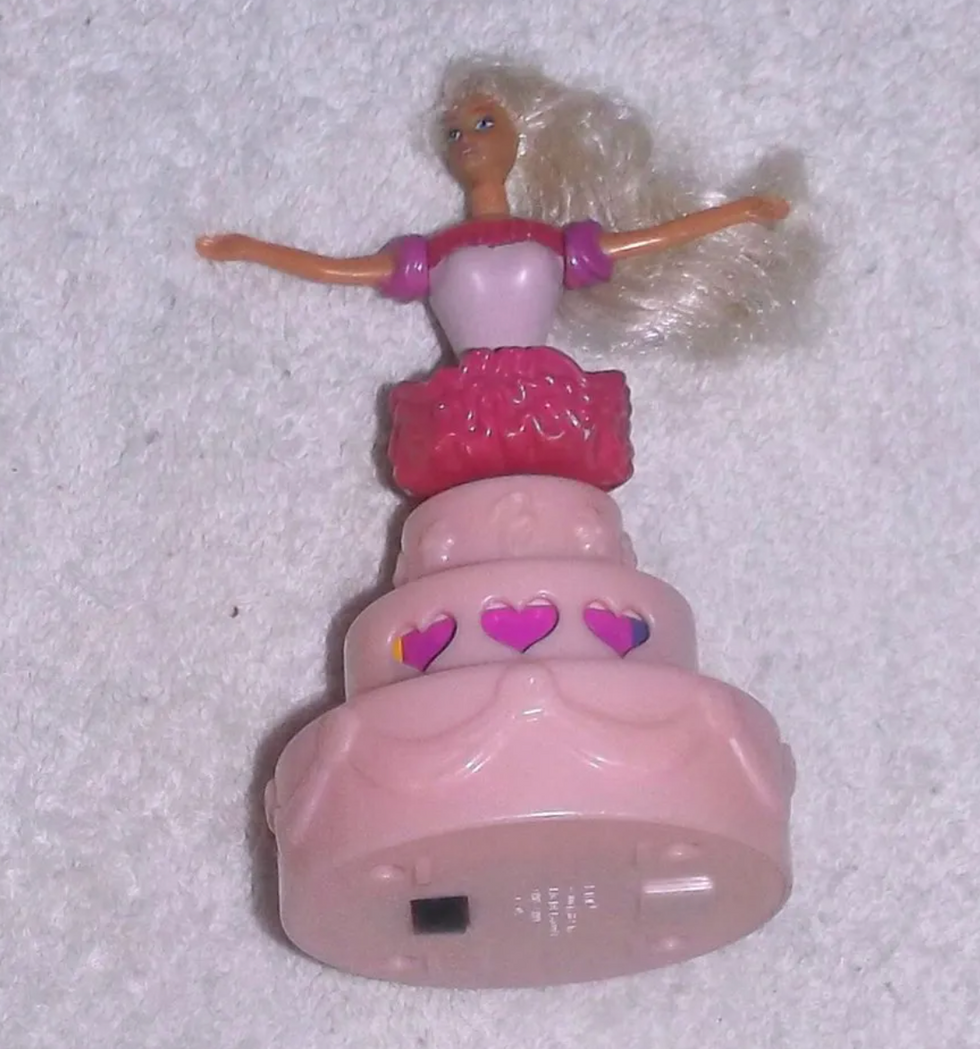Tuesday, July 16, was a whirlwind day for America.
Speaker of the House Nancy Pelosi took the floor and encouraged the members of the House to condemn President Donald Trump for his racist tweets directed at four American congresswomen of color. What resulted was one of the most chaotic events that we've seen in Washington, D.C., in the past 10 years.
Many representatives took issue with Pelosi's words about the president, alleging that she had violated decorum herself, which lead to an hour-long stalemate where many took issue with Pelosi's words and which lead to a vote regarding her own conduct.
The representative presiding over the house, Emanuel Cleaver II (D - Missouri), grew agitated with the preceding, chastised the House for only wanting to fight, banged (and dropped) his gavel, and abandoned his chair.
When the dust settled from that fight, the House voted. And with a vote of 240 to 187 — 236 Democrats joined by four Republicans — the House voted to bipartisanly condemn the president of the United States for his racist tweets.
The problem is that most people don't know what "condemning" a president is, or what it does.
It refers to the act of censure. It does not hold any bearing on the POTUS's title, nor does it directly lead to any legal proceeding. It's a bit like a complaint to HR, from the House of Representatives to the president. While a formal complaint has been filed it does not guarantee any further action.
According to Politico, the House has only used the Censure system 22 times in the history of the country, making this moment important in the political present as well as the political future. It sets a precedent for Trump himself and all others who will follow him, making this a moment for the history books.
Only time will tell exactly what this means for the Trump administration and for the rest of the country. Perhaps it's a sign that the American people — and their representatives — have finally found the courage to rally against racism.



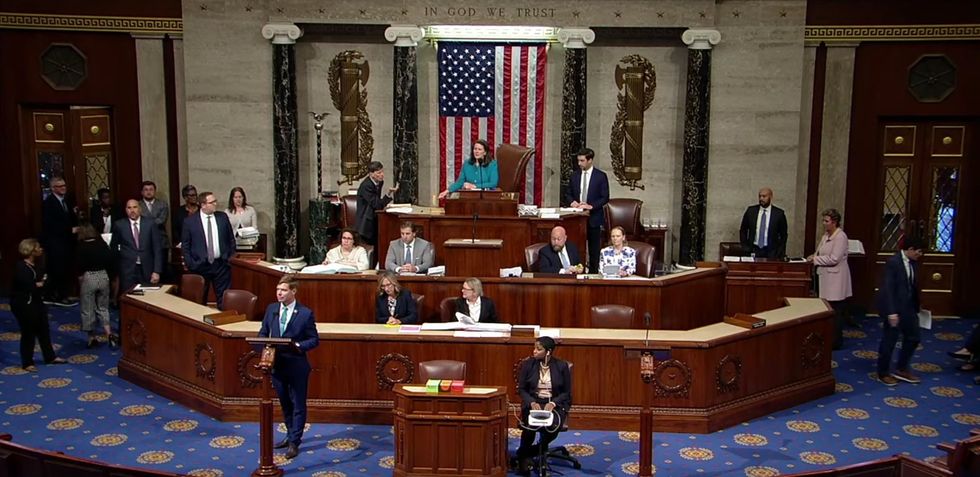


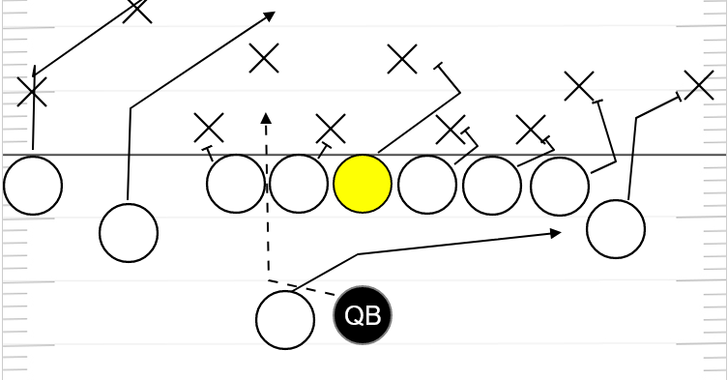

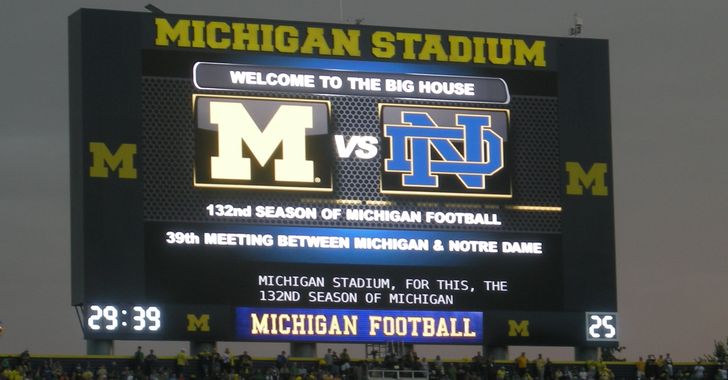
 Photo by
Photo by 






























